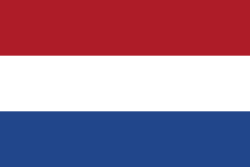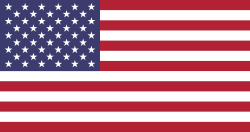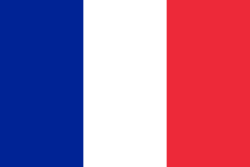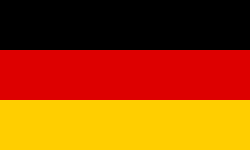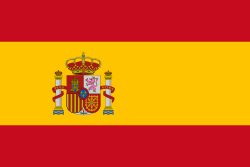Invoering
Gelamineerd glas is een opmerkelijke innovatie op het gebied van veiligheidsglas, gecreëerd door een kernlaag van Polyvinyl Butyral (PVB) of SentryGlas Plus (SGP) tussen twee glaslagen te plaatsen. Deze unieke constructie verbetert niet alleen de duurzaamheid van het glas, maar verhoogt ook aanzienlijk de sterkte ervan in vergelijking met conventioneel glas. Gelamineerd glas dient als een veelzijdig schild, dat bescherming biedt tegen schadelijke UV-stralen, storend geluid en mogelijke impact.
Bij het sourcen van ramen in China is het cruciaal om de verschillen tussen PVB en SGP gelaagd glas te begrijpen. Elk type biedt verschillende eigenschappen en voordelen die inspelen op verschillende behoeften en toepassingen. In deze uitgebreide gids verkennen we de belangrijkste verschillen tussen PVB en SGP gelaagd glas, waarbij we hun voordelen, toepassingen en fysieke kenmerken bespreken, zodat u de kennis krijgt die nodig is om weloverwogen beslissingen te nemen voor uw projecten.
Demystificatie van PVB gelaagd glas
PVB, een acroniem voor Polyvinyl Butyral , is een thermoplastisch materiaal dat dient als tussenlaag in PVB-gelamineerd glas. Dit transparante, flexibele en robuuste materiaal gedijt in scenario's met hoge impact en verdraagt extreme temperaturen.
De dikte van de PVB-tussenlaag varieert, meestal gemeten in millimeters (mm). De standaarddikte is 0,38 mm, maar kan oplopen tot 1,52 mm. Hoe dikker de PVB-tussenlaag, hoe sterker het gelaagde glas wordt.
Voordelen van PVB gelaagd glas
- UV-bescherming : PVB-gelamineerd glas blokkeert effectief tot 99% van de ultraviolette (UV) straling, waardoor interieurs worden beschermd tegen verkleuring en achteruitgang door blootstelling aan de zon. Dit is vooral gunstig voor het behoud van de kleur en kwaliteit van meubels, vloeren en kunstwerken.
- Geluidsisolatie : PVB staat bekend om zijn uitzonderlijke geluidsdempende kwaliteiten, die geluidsoverlast met wel 30 decibel kunnen verminderen. Dit maakt het ideaal voor gebruik in stedelijke omgevingen of gebieden met veel extern geluid.
- Impactbestendigheid : In het geval van breuk houdt de PVB-tussenlaag de glasscherven bij elkaar, waardoor ze niet kunnen verspreiden. Dit minimaliseert niet alleen het risico op verwondingen, maar zorgt ook voor een zekere mate van barrière tegen indringing.
- Verbeterde beveiliging : PVB-gelamineerd glas kan worden ontworpen om bestand te zijn tegen geforceerde toegang, kogels en zelfs explosies. Dit maakt het een betrouwbare keuze voor toepassingen waarbij beveiliging een kritieke zorg is, zoals in banken, ambassades en zwaar beveiligde gebouwen.
Toepassingen van PVB-gelaagd glas
- Automobielindustrie : PVB-gelaagd glas wordt vaak gebruikt in voorruiten, zijruiten en achterruiten van auto's om de veiligheid van passagiers te verbeteren tijdens botsingen. De tussenlaag helpt het glas intact te houden, waardoor de kans op verwondingen door rondvliegende scherven afneemt.
- Architectonische beglazing : In gebouwen wordt PVB-gelamineerd glas vaak gebruikt in dakramen, vliesgevels en gevels om natuurlijk licht binnen te laten en tegelijkertijd blootstelling aan UV-straling en geluidsoverlast te beperken. Het wordt ook gebruikt in ramen en deuren om zowel de veiligheid als de energie-efficiëntie te verbeteren.
- Veiligheidsglas : Scholen, ziekenhuizen en openbare gebouwen gebruiken vaak PVB-gelamineerd glas om onbedoelde verwondingen te voorkomen en extra veiligheid te bieden. Het is met name effectief in omgevingen waar impactbestendigheid cruciaal is.
- Decoratieve en artistieke toepassingen : De flexibiliteit van de PVB-tussenlaag maakt het mogelijk om decoratief glas te creëren met ingewikkelde ontwerpen en patronen, waardoor het geschikt is voor verschillende esthetische toepassingen in residentiële en commerciële ruimtes.
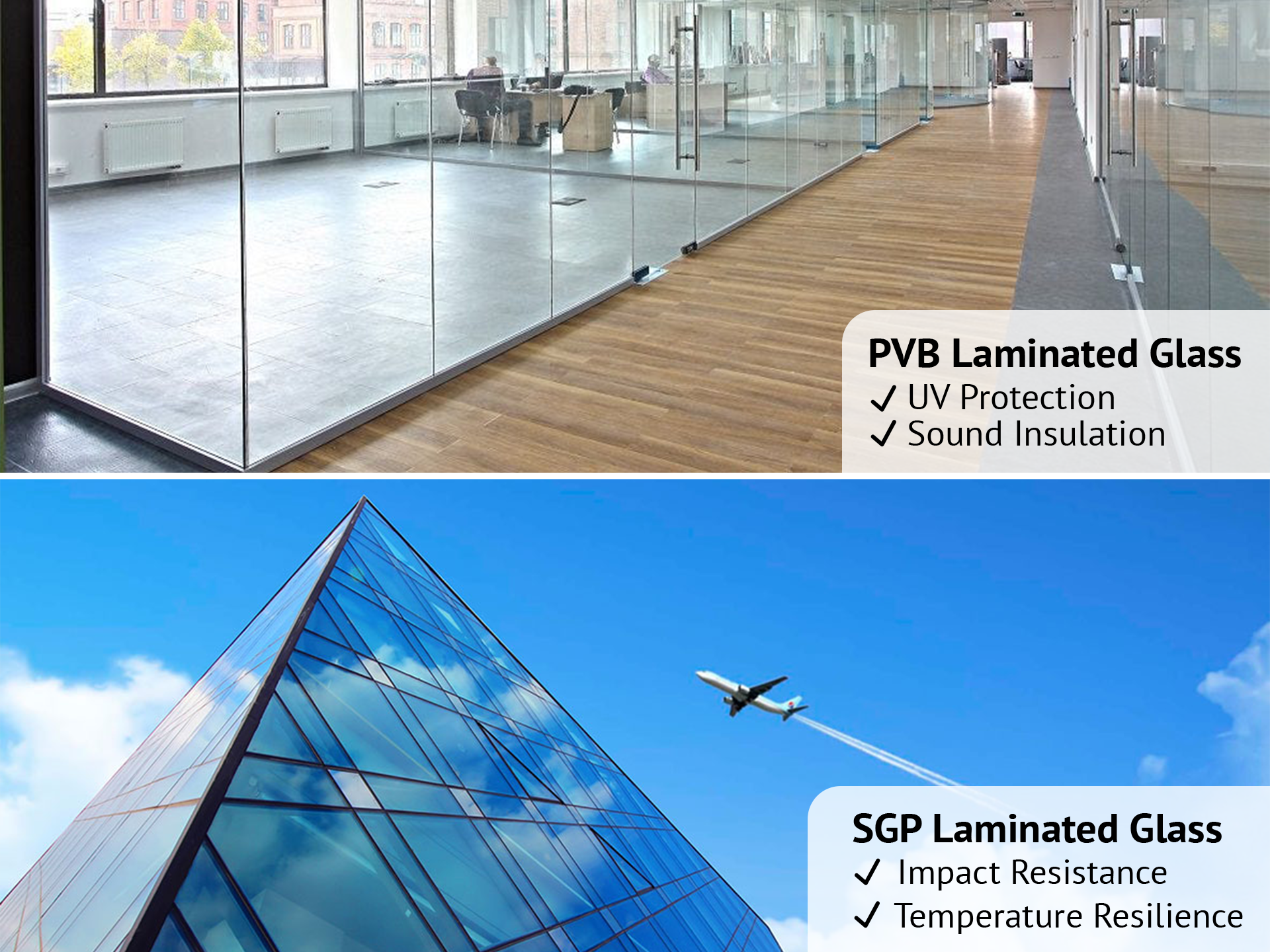
Ontdek SGP gelaagd glas
SentryGlas Plus (SGP) is een nieuwer, geavanceerder materiaal dat wordt gebruikt als tussenlaag in gelaagd glas. SGP is een helder, robuust en veerkrachtig materiaal, bekend om zijn superieure prestaties in situaties met hoge impact en extreme temperaturen.
De dikte van de SGP-tussenlaag varieert. De standaard is 125 µm, maar de dikte kan oplopen tot 250 µm.
Voordelen van SGP gelaagd glas
- Verhoogde sterkte : SGP-gelamineerd glas is tot vijf keer sterker dan PVB-gelamineerd glas. Dit maakt het gebruik van dunnere glaslaminaten mogelijk, die niet alleen lichter zijn, maar ook hogere niveaus van transparantie en helderheid bieden.
- Slagvastheid : SGP-gelaagd glas behoudt zijn integriteit, zelfs bij breuk. Dit verhoogt de veiligheid bij ongelukken aanzienlijk, met name bij autoruiten en risicovolle gebieden.
- Temperatuurbestendigheid : SGP-gelamineerd glas presteert uitzonderlijk goed bij extreme temperaturen en behoudt zijn structurele integriteit in zowel warme als koude omstandigheden. Dit maakt het een uitstekende keuze voor gebruik in veeleisende omgevingen.
- Verbeterde beveiliging : Net als PVB kan SGP-gelamineerd glas kogelwerend, bombestendig en bestand tegen geforceerde toegang worden ontworpen. De hogere sterkte en stijfheid bieden een extra beveiligingslaag in kritieke toepassingen.
Toepassingen van SGP gelaagd glas
- Veiligheidsglas : Vanwege de verhoogde sterkte en slagvastheid wordt SGP-gelamineerd glas veel gebruikt in veiligheidsglastoepassingen, zoals in wolkenkrabbers, hoge gebouwen en openbaarvervoersystemen. Het biedt uitstekende bescherming tegen windbelasting, impact en andere externe krachten.
- Balustrades en leuningen : SGP-gelamineerd glas wordt ook gebruikt in balustrades, leuningen en andere architecturale elementen waar extra veiligheid en beveiliging vereist zijn. De sterkte en veerkracht helpen ongelukken en verwondingen te voorkomen.
- Decoratieve en artistieke toepassingen : Dankzij de robuustheid van SGP kunnen complexere en creatievere ontwerpen worden gemaakt die bestand zijn tegen hogere spanningen en stoten. Hierdoor is het materiaal ideaal voor artistieke installaties en architectonische elementen.
- Industriële toepassingen : In industriële omgevingen, waar sterkte en slagvastheid cruciaal zijn, wordt SGP-gelamineerd glas vaak gebruikt in machines, apparatuur en beschermende barrières. De duurzaamheid ervan maakt het geschikt voor zware omgevingen en zware toepassingen.
Vergelijking van PVB en SGP gelaagd glas
PVB en SGP gelaagd glas hebben verschillende kenmerken en bieden diverse functies voor verschillende toepassingen. Laten we een vergelijking maken op basis van verschillende factoren:
Fysieke eigenschappen
- PVB gelaagd glas : Heeft doorgaans een dikte van 0,38 mm, wat meer flexibiliteit in ontwerp en gemak van vormgeving biedt. Het staat bekend om zijn geluidsisolatie en UV-beschermingscapaciteiten.
- SGP gelaagd glas : Vijf keer sterker dan PVB gelaagd glas, waardoor dunnere en transparantere laminaten mogelijk zijn die hun vorm behouden, zelfs in barre omstandigheden. Het blinkt uit in temperatuurbestendigheid, waardoor het ideaal is voor extreme weersomstandigheden.
Voordelen
- PVB gelaagd glas : excelleert in UV-bescherming en geluidsisolatie, waardoor het geschikt is voor toepassingen waarbij geluidsreductie en UV-afscherming prioriteit hebben. Het is ook kosteneffectiever vergeleken met SGP.
- SGP Laminated Glass : schittert in verhoogde sterkte, slagvastheid, temperatuurbestendigheid en beveiligingsfuncties. Het is met name favoriet in toepassingen die hoge veiligheidsnormen vereisen, zoals in militaire omgevingen of hoogbouw.
Toepassingen
- PVB gelaagd glas : Wordt veel gebruikt in autoruiten, architecturale beglazing, veiligheidsglas en decoratieve toepassingen. Het is met name geschikt voor gebieden die UV-bescherming en geluidsreductie vereisen.
- SGP Laminated Glass : Beter geschikt voor toepassingen die een grotere sterkte, impactbestendigheid, temperatuurbestendigheid en beveiligingsfuncties vereisen. Het gedijt in wolkenkrabbers, hoge gebouwen en openbaarvervoersystemen, evenals militaire omgevingen.
Het kiezen van het juiste gelaagde glas voor uw behoeften
Bij het kiezen tussen PVB en SGP gelaagd glas, moet u rekening houden met de specifieke vereisten van uw project. Factoren zoals veiligheid, beveiliging, ontwerpvoorkeuren en budget spelen een cruciale rol in uw besluitvormingsproces. Hier zijn enkele richtlijnen om u te helpen het juiste gelaagde glas voor uw behoeften te kiezen:
- Beoordeel de veiligheidseisen : Voor toepassingen waarbij een hoge slagvastheid en verbeterde veiligheid essentieel zijn, zoals in voertuigramen, balustrades of openbare gebouwen, is SGP-gelaagd glas de betere keuze vanwege de superieure sterkte en stijfheid.
- Houd rekening met de beveiligingsbehoeften : Als veiligheid een primaire zorg is, zoals in banken, ambassades of zwaar beveiligde gebouwen, biedt SGP-gelaagd glas betere bescherming tegen geforceerde toegang, kogels en explosies.
- Evalueer omgevingsfactoren : In regio's met extreme weersomstandigheden is SGP-gelamineerd glas geschikter vanwege de uitzonderlijke temperatuurbestendigheid. Voor omgevingen waar geluidsisolatie en UV-bescherming echter kritischer zijn, kan PVB-gelamineerd glas geschikter zijn.
- Houd rekening met ontwerp- en esthetische voorkeuren : PVB-gelamineerd glas biedt meer flexibiliteit in ontwerp en kan een breder scala aan kleuren, patronen en texturen accommoderen. Als esthetische aantrekkingskracht en maatwerk belangrijk zijn, is PVB mogelijk de voorkeursoptie.
- Budgetoverwegingen : PVB-gelamineerd glas is over het algemeen kosteneffectiever dan SGP-gelamineerd glas. Als budgetbeperkingen een probleem zijn, kan PVB een economischere oplossing bieden zonder afbreuk te doen aan essentiële functies zoals UV-bescherming en geluidsisolatie.
Afsluitende gedachten
Samenvattend zijn PVB en SGP gelaagd glas beide uitzonderlijke materialen met unieke eigenschappen en voordelen. PVB gelaagd glas is ideaal voor toepassingen waar UV-bescherming, geluidsisolatie en betaalbaarheid belangrijk zijn, terwijl SGP gelaagd glas het meest geschikt is voor omgevingen die maximale sterkte, slagvastheid en temperatuurbestendigheid vereisen.
SGP-gelamineerd glas is vijf keer sterker en tot 100 keer stijver dan PVB, waardoor dunnere en transparantere laminaten mogelijk zijn die hun vorm behouden, zelfs onder zware omstandigheden. Het blinkt uit in temperatuurbestendigheid, waardoor het ideaal is voor extreme weersomstandigheden. SGP heeft ook een hogere hechtingscapaciteit aan glas, een sterke scheursterkte en kan voorkomen dat glas breekt en verspreidt. Daarentegen is PVB-gelamineerd glas flexibeler, zachter en heeft het een kleinere schuifmodulus, waardoor het minder geschikt is voor hoogwaardige glazen vliesgevels.
Als u PVB- of SGP-gelamineerd glas uit China inkoopt, een regio die bekendstaat om zijn expertise in glasproductie, bieden wij een volledige inkoopoplossing om aan uw uitgebreide behoeften te voldoen. Wij leveren niet alleen het glas; wij leveren een compleet assortiment producten om uw inkooptraject soepel en succesvol te maken Neem contact met ons op om uw opties te verkennen.

